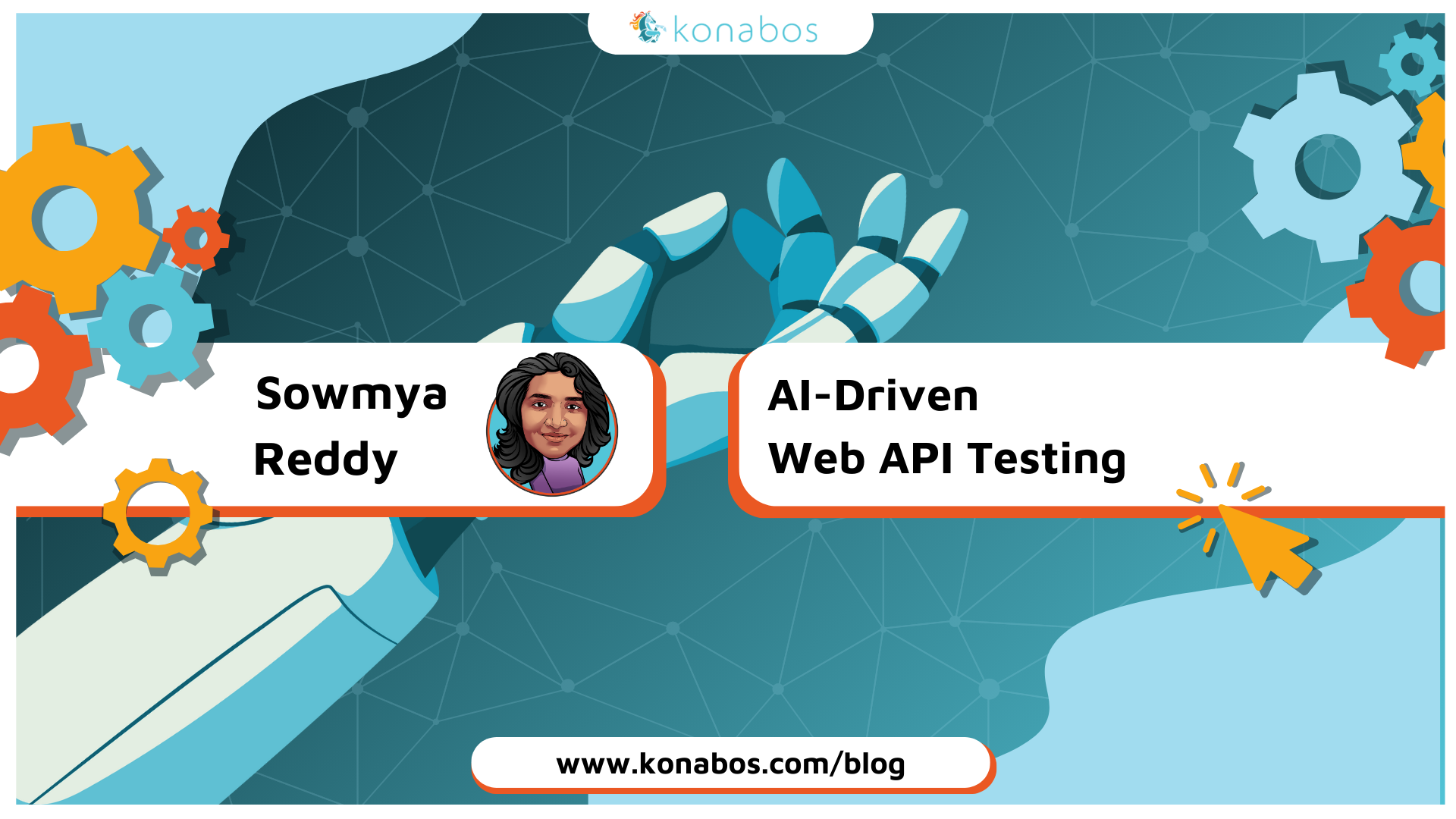Exploring Web API Testing with AI-Generated Test Cases
Sowmya Reddappa - Quality Assurance Engineer
10 Apr 2024
In today's interconnected digital ecosystem, APIs (Application Programming Interfaces) serve as essential parameters for helping seamless communication between applications and services. However, ensuring the quality and functionality of these APIs requires a comprehensive approach to testing. However, in the evolving technological world, the integration of Artificial Intelligence (AI) benefits significantly offering improved efficiency, accuracy, and scalability in both the development and testing of Api’s. In this blog post, we'll explore a systematic approach to Web API testing, covering strategies, tools, and Integration of AI to help you build and support high-quality APIs.
Overview
API is a computing interface that enables communication and data exchange between two systems. API are become part of every one’s life, knowingly or unknowing we use APIs in our day to today life such as searching for locations in Google Maps, booking movie tickets, or shopping on e-commerce websites. API Tests are different from Front End or GUI testing, it won’t confirm the UI elements of the application instead it mainly focuses on testing the Business layer of the application.

The main purpose of API Testing is to check the functionality, reliability, performance, and security of the programming interfaces.
The Most Commonly used APIs are:
- REST API- are designed to be accessed over the internet using HTTP protocols. These APIs are commonly used while building web application, Mobile apps.
- SOAP API- use XML-based messaging protocols for communication. They are typically used in enterprise environments for exchanging structured and standardized data between different systems.
API Action Methods
Testing an API involves submitting requests from a client application to a server application's API and verifying that it returns the expected response. This communication primarily occurs through several HTTP methods:
GET: Used to retrieve data from the server without changing its status. GET requests fetch information from the server and are commonly used for querying data.
PUT: Used to update or replace an existing resource on the server with the data provided in the request body. PUT requests are used for modifying existing resources.
POST: Used for submitting data to the server to create new records or perform actions such as form submission or file uploading. POST requests typically include a request body containing data in formats like JSON or XML.
DELETE: Used to remove a resource from the server. DELETE requests delete the specified resource and are idempotent, meaning multiple identical requests will have the same effect as a single request.
HTTP Status Codes
HTTP status codes convey the outcome of requests and responses. For QA professionals, a thorough understanding these status codes is indispensable for effective API testing. Some commonly encountered HTTP status is:
200 -OK: This status indicates the request to the server is successful and response is returned.
404 -Not Found: The server has not found anything matching the Request-URI.
401 -Unauthorized: The red flag indication authentication failure, prompting users to check the authorisation mechanisms like credentials, access controls, tokens etc.
500 -Internal Server Error: The code indicates the server has encountered an unexpected condition which prevented it from fulfilling the request. User should their server logs to trace the problems.
Tools for Web API Testing
Postman: A popular tool for API development and testing, Postman provides a user-friendly interface for sending requests, validating responses, and creating automated test suites.
SoapUI: Ideal for testing SOAP and REST APIs, SoapUI offers comprehensive features for functional testing, security testing, and performance testing.
Using AI for API Testing
AI enhance the Web API testing in many ways,
- AI can be applied to tasks such as test case generation, anomaly detection, and intelligent test execution. This helps in improving the test coverage, effectiveness, and scalability of Api testing.
- AI analyze API responses in real-time to detect anomalies such as unexpected errors, deviations from expected patterns, or unusual behavior.
POSTBOT which is like ChatGPT introduced by Postman, is a solution harnessing the power of Artificial Intelligence (AI) to revolutionize Web API testing. It is designed to streamline and enhance Web API testing process from Testcase Generation, Error Handling, Anomaly detection, dynamin test execution and many more exciting features.
Conclusion
Web APIs is vital for ensuing reliability, security, and performance, and it benefits from the integration of AI. By adhering to systematic testing methodologies, employing suitable tools, and embracing AI-driven techniques, companies can develop and uphold high-quality APIs. This enhances test coverage, efficiency, and leads to the delivery of superior products.
Discover the potential of AI-integrated APIs! Elevate reliability, security, and performance while ensuring top-quality development. Embrace systematic testing and AI-driven techniques for superior products. Let's optimize your APIs together!

Sowmya Reddappa
I have more than ten years of experience in developing and testing software systems for Banking, Retail, and Energy domains. Good knowledge of creating Test plans, Strategy documents, test scenarios, test cases, test data, and completion reports to ensure complete and exhaustive test coverage. Experience in creating test scripts using Selenium Web driver.
I played roles like L3 support, Software Tester, Test Lead, Automation Tester, Test Coordinator, and UAT, which helped me gain immense knowledge on applications, methodologies, and processes, and tackle the challenges.



Share on social media